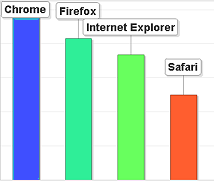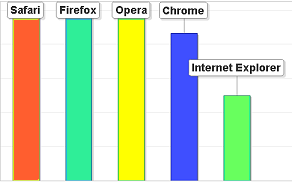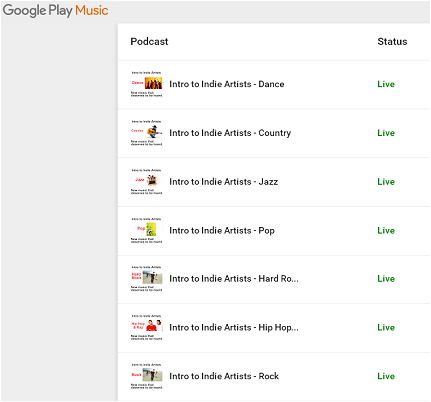![]()
Radio's Online Picture Frame
In July 2012, I wrote: "Google came to the radio industry around 2002 with a digital effort and was rebuffed because radio leaders did not want to hand over internal control to an outside company." Those words were immediately followed with: "Compared to pre-consolidation, today we have the same style of radio programs broken up with the same style of commercial clusters, containing the same - or lower - quality of commercials."
| The aforementioned article pointed to a need for constant iterations of your product. It was the new age of a consumer-first management strategy online, ten years matured. The public was becoming super-served by digital companies upgrading their abilities to serve more defined content and ads. Compare browsers used to visit Audio Graphics in 2010. |

|

Since 2010, how much has your approach to programming a radio station changed. "We're on social media," "We blog" and "We have a podcast" aren't answers. This question is about how the structure of what you say has changed?
A series of moves by Google over the past year have changed how its users use - or are used - by Google. We're not talking devious movements, but iterations in a number of its products, which may affect how your audience interacts with you.
Around April 1, Google's Gmail stopped delivering bulk emails with a return address of gmail.com, yahoo.com, or many of the generic mail domains. If you have a form-system for data gathering on your site, you may be missing email notifications.
Google has recently removed text ads from the sides of search engine pages; experts predict an imminent raising of ad rates in Search. They also say paid search engine advertising will be shown as the top listing for each term searched - averaging 3 ads, with a possible 4th depending on demand.
Are you aware that Google's Chrome Browser no longer plays .mp3s directly? If your podcasts are MP3, there's a need to run it through a player for people visiting via Chrome. (I recently built a system used here and at RRadioMusic.)
|
And Google Play is now including podcasts. Audio Graphics uses it for "Intro to Indie Artists." |

|
The question is, have you changed enough to accommodate all of the change occurring around you?
"how" the world consumes your product is changing.

Has the picture frame where you hang your audio changed to reflect new consumer demands?
Wednesday, April 27, 2016

Today's artist introduction is to Pop from Ron Gallucci

Give "Something About You" a listen.
Stations: Add it to your playlist, free.




